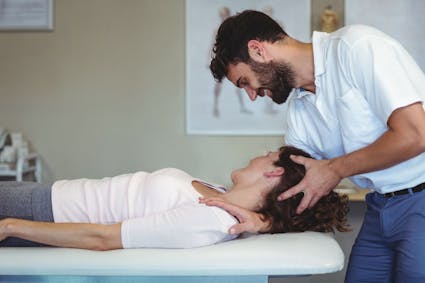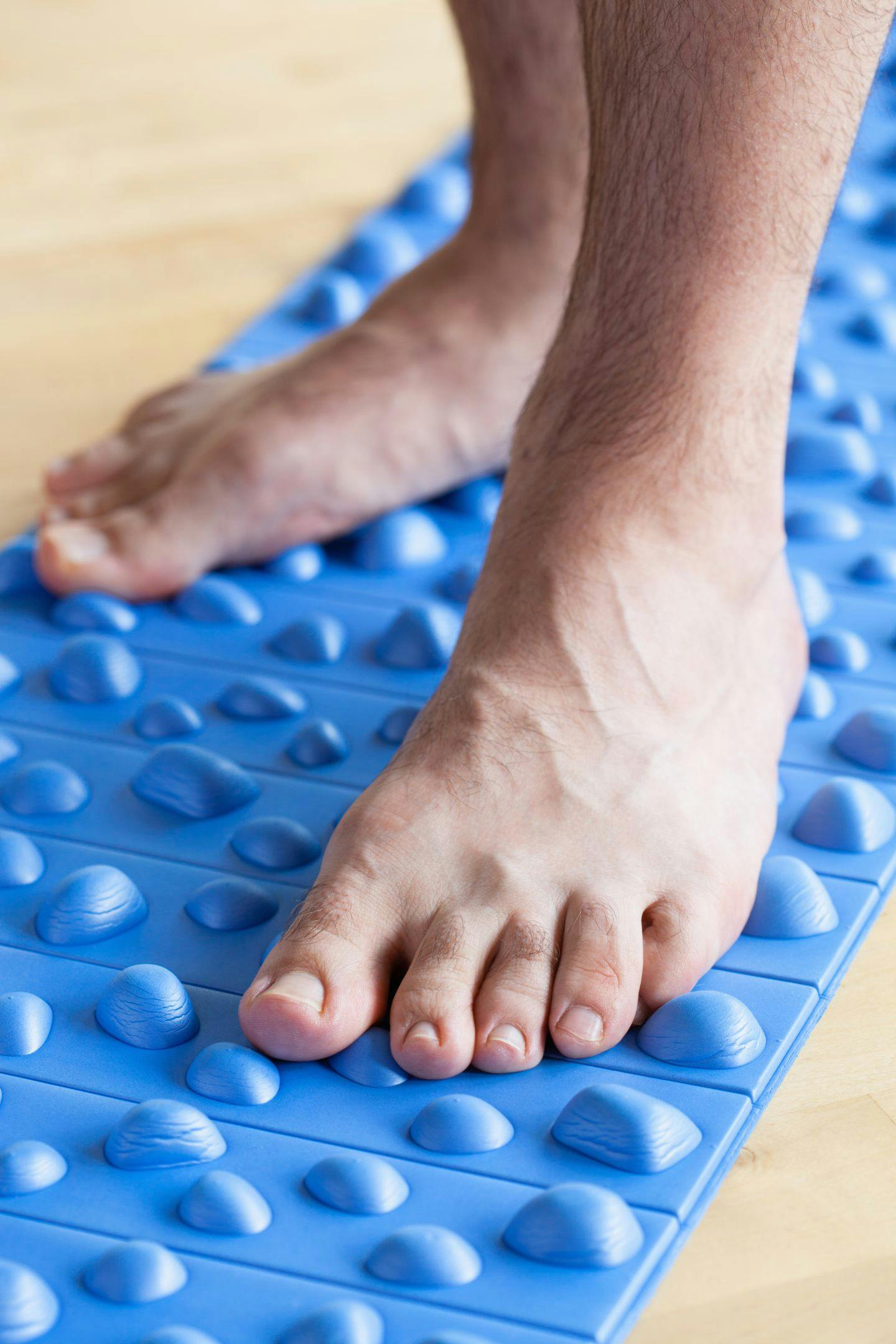
Osteopathic manual treatments provide a non-invasive and patient-centered approach to healthcare, addressing both orthopedic and visceral dysfunction. By considering the interconnectedness of the body’s systems, osteopathic practitioners aim to promote pain relief, mobility, and optimal organ function, contributing to improved quality of life for their patients.
In osteopathic medicine, the concept of “osteopathic links” or “osteopathic chains” refers to the interconnected relationships between different parts of the body. Osteopathic practitioners believe that the body is a dynamic unit where the musculoskeletal, nervous, circulatory, and visceral (organ) systems are interrelated and influence each other’s function. Understanding these links is fundamental to osteopathic diagnosis and treatment. Here are some key aspects:

- Myofascial Connections: Osteopathic theory recognizes that fascia, the connective tissue that surrounds muscles, bones, and organs, plays a crucial role in these links. Dysfunctions or restrictions in one area of the body can create tension and affect neighboring structures through these fascial connections.
- Kinetic Chains: Osteopaths often use the concept of “kinetic chains” to describe how dysfunction in one part of the body can impact other regions. For example, a knee injury might lead to changes in gait, which can, in turn, affect the hips, lower back, and even the neck, causing a chain reaction of musculoskeletal issues.
- Neurological Connections: The nervous system is a central component of osteopathic links. Nerves that exit the spine in one region can have effects on distant parts of the body. For instance, spinal misalignments (subluxations) can potentially impede nerve function and influence organ health.
- Visceral-Somatic Relationships: Osteopaths recognize that the health and mobility of visceral organs can affect the surrounding musculoskeletal structures, and vice versa. They use treatments to address restrictions in the fascia surrounding organs to promote improved function.
- Holistic Treatment: Osteopathic practitioners consider the entire body when diagnosing and treating patients. They aim to identify and address the root causes of dysfunction, whether they are musculoskeletal, neurological, or visceral, to restore balance and optimize overall health.
The concept of osteopathic links underscores the importance of viewing the body as an interconnected whole. Osteopathic practitioners use this perspective to provide comprehensive and patient-centered care, addressing not just isolated symptoms but also their underlying causes and the broader relationships between different parts of the body.
Call SCORE Physical Therapy & Recovery to Learn More (631) 678-6858 or (646) 352-1089
